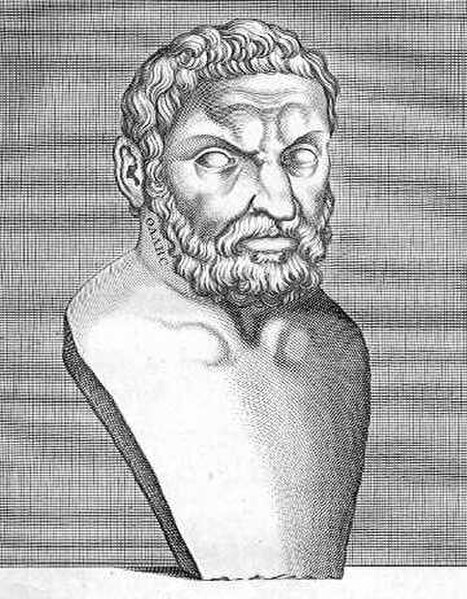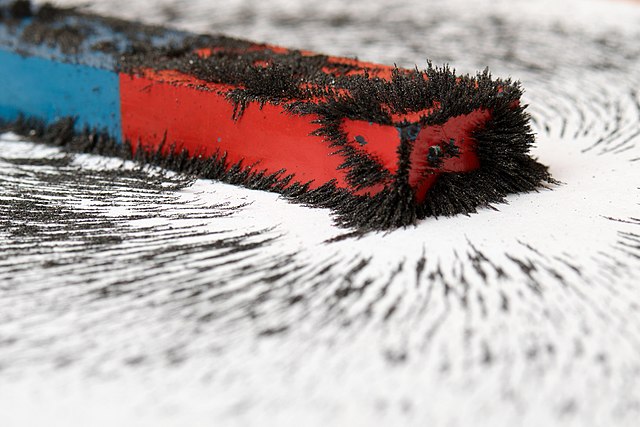Electricity is the set of physical phenomena associated with the presence and motion of matter possessing an electric charge. Electricity is related to magnetism, both being part of the phenomenon of electromagnetism, as described by Maxwell's equations. Common phenomena are related to electricity, including lightning, static electricity, electric heating, electric discharges and many others.
Lightning (pictured) and urban lighting are some of the most dramatic effects of electricity
Thales, the earliest known researcher into electricity
Benjamin Franklin conducted extensive research on electricity in the 18th century, as documented by Joseph Priestley (1767) History and Present Status of Electricity, with whom Franklin carried on extended correspondence.
Michael Faraday's discoveries formed the foundation of electric motor technology.
Magnetism is the class of physical attributes that occur through a magnetic field, which allows objects to attract or repel each other. Because both electric currents and magnetic moments of elementary particles give rise to a magnetic field, magnetism is one of two aspects of electromagnetism.
The shape of a bar magnet's magnetic field is revealed by the orientation of iron filings sprinkled on the table around it.
An illustration from Gilbert's 1600 De Magnete showing one of the earliest methods of making a magnet. A blacksmith holds a piece of red-hot iron in a north–south direction and hammers it as it cools. The magnetic field of the Earth aligns the domains, leaving the iron a weak magnet.
Drawing of a medical treatment using magnetic brushes. Charles Jacque 1843, France.
A live frog levitates inside a 32 mm diameter vertical bore of a Bitter solenoid in a very strong magnetic field—about 16 teslas








